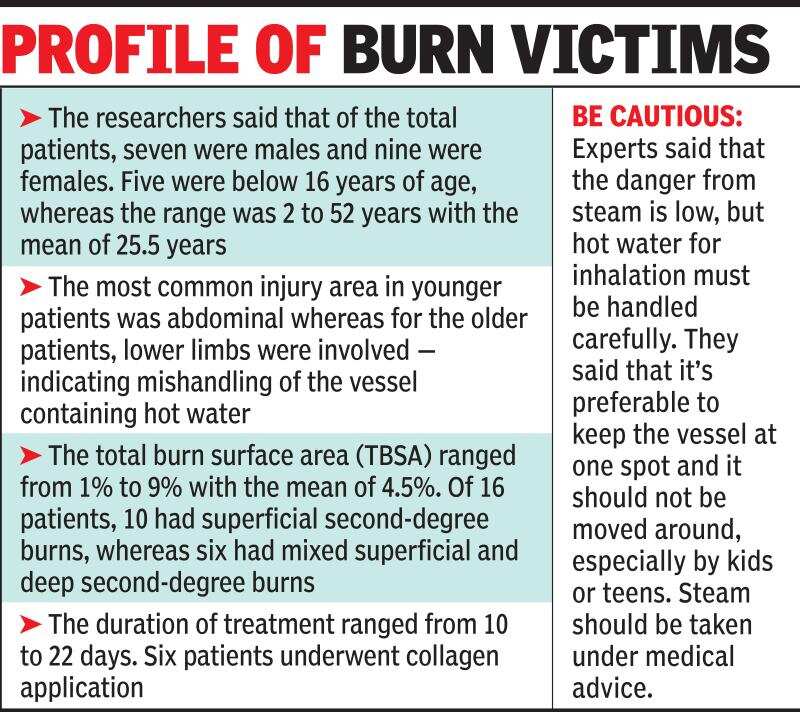

diagnoses bottomed out in May around 20,000 but steadily climbed in June and July and remained high in August at around 50,000 per day. coronavirus forecast assumes 274,000 deaths and nearly 20% infected by the end of 2020. Updated Forecast: Death Rates, Infection Rates, and Positive Diagnostic Tests is likely to struggle with a continued slow burn until we have an adequate supply of vaccine to tip us toward herd immunity. He expects ongoing transmission in the United States could look more like a slow burn, likening the pandemic to a forest fire and uninfected individuals to remaining wood to burn, with hills and valleys in the outbreak in different regions.ĭespite continued efforts to improve diagnostics capacity and turnaround times, including new technologies that could open up a wider supply of diagnostic tests that can generate rapid results, we think the U.S. In a JAMA interview in June, Michael Osterholm, director of the Center for Infectious Disease Research and Policy at the University of Minnesota, said transmission for COVID-19 won’t follow the wave pattern we have seen with influenza pandemics.

Contact tracing has been hampered by the sheer number of cases to trace with limited staff, long diagnostics wait times, and poor uptake for app-based tracing technologies.The supply of diagnostics has increased, but shortages still exist, and long turnaround times can make results irrelevant unless patients opt to self-quarantine while waiting for results.Initial increases in cases have not been consistently met with a pullback in reopening plans or more aggressive individual efforts at good hygiene, masking, and distancing.coronavirus cases have surged higher than we expected for several reasons.


 0 kommentar(er)
0 kommentar(er)
